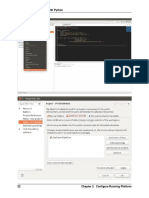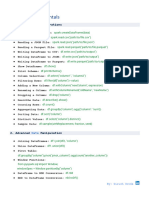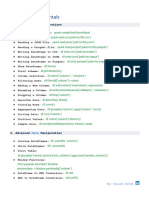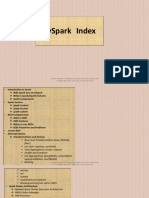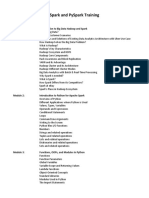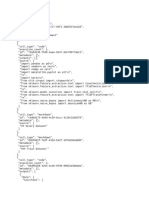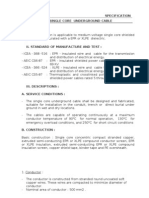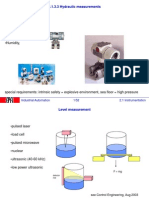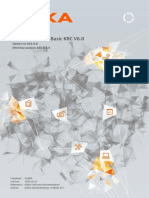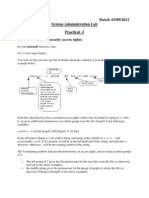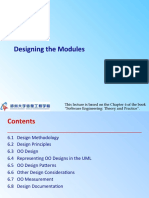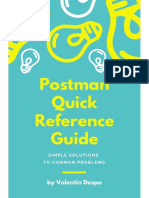0% found this document useful (0 votes)
28 views3 pagesPyspark - Notes 1
The document is a comprehensive tutorial on PySpark, covering its definition, advantages over Hadoop MapReduce, architecture, and core concepts like RDDs and DataFrames. It emphasizes the speed and developer-friendliness of Spark, along with practical guidance on setting up Databricks, performing data transformations, and executing SQL queries. Additionally, it includes tips for self-practice and real-world projects to enhance learning.
Uploaded by
akankshabansal.workCopyright
© © All Rights Reserved
We take content rights seriously. If you suspect this is your content, claim it here.
Available Formats
Download as PDF, TXT or read online on Scribd
0% found this document useful (0 votes)
28 views3 pagesPyspark - Notes 1
The document is a comprehensive tutorial on PySpark, covering its definition, advantages over Hadoop MapReduce, architecture, and core concepts like RDDs and DataFrames. It emphasizes the speed and developer-friendliness of Spark, along with practical guidance on setting up Databricks, performing data transformations, and executing SQL queries. Additionally, it includes tips for self-practice and real-world projects to enhance learning.
Uploaded by
akankshabansal.workCopyright
© © All Rights Reserved
We take content rights seriously. If you suspect this is your content, claim it here.
Available Formats
Download as PDF, TXT or read online on Scribd
/ 3


























